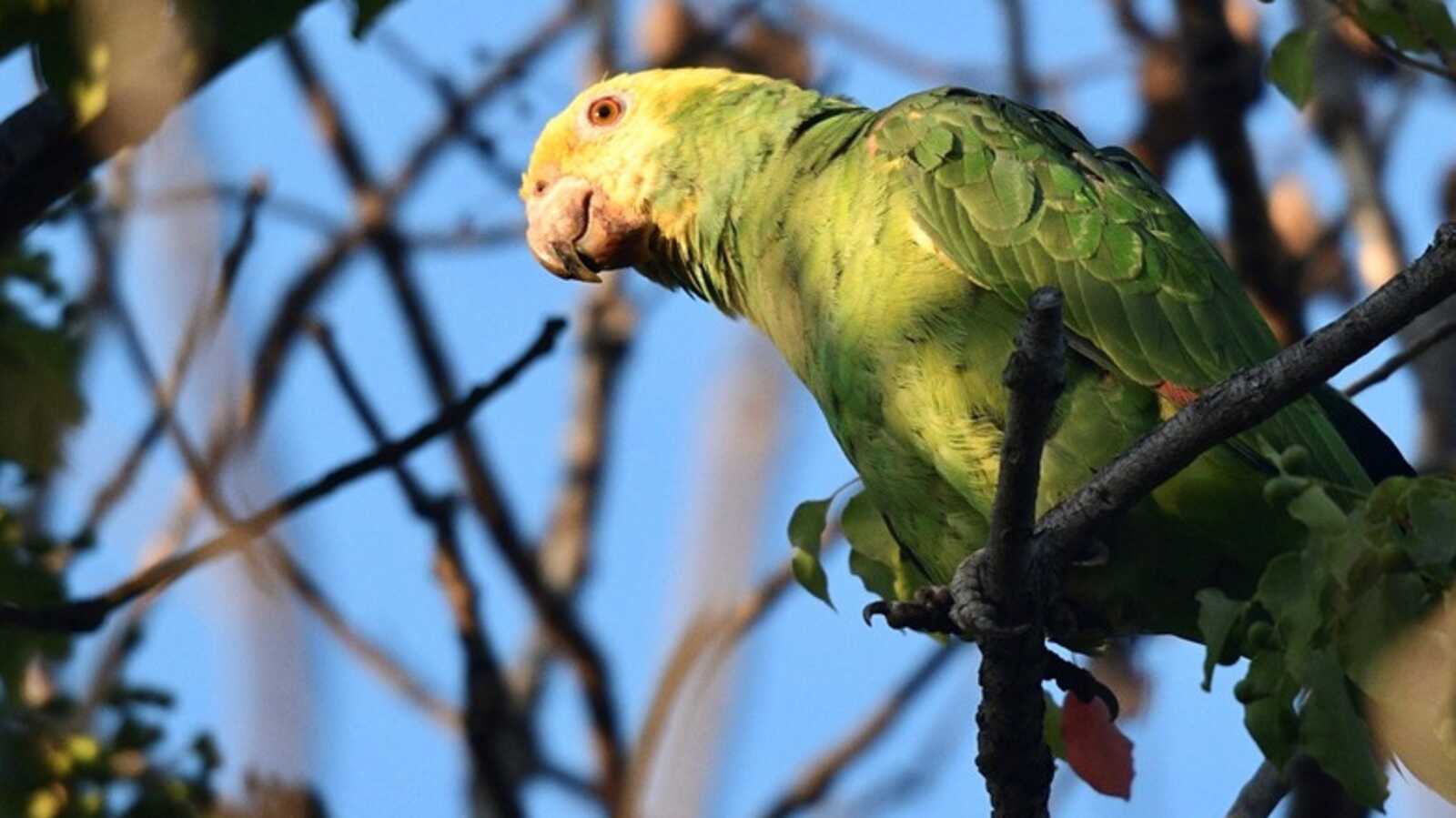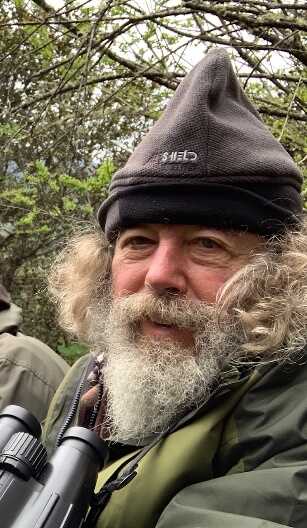
Urban Tropicana: Parrots of Southern California
Larry W. Allen
Tue, Nov 16, 2021 7:00 PM
Larry W. Allen
Tue, Nov 16, 2021 7:00 PM
Tue, Nov 16, 2021 7:00 PM

After a brief look at the taxonomical relationships within the order Psittaciformes and a summary of the habitat requirements that make these naturalized birds able to thrive in Southern California, this Webinar will concentrate on the identification and distribution of the dozen or so parrot and parakeet species now breeding in the Southland. Salient features of less-common species that might be encountered will also be addressed.
As a special bonus to members of LAB, Larry and other leaders will conduct a parrot chase in the late afternoon of Saturday, November 20th. Participation is limited to 20, and proof of Covid-19 vaccination is required. Stay tuned; the signup will be linked here and on the events page.
Join us as we learn more about Parrots of Southern California!
Here is a video of the webinar:
References
-
Allen, L. W. et al. 2016. Los Angeles County breeding bird atlas. Los Angeles Audubon Society, Los Angeles, CA.
-
Collar, N. J. Family Psittacidae (Parrots) pp. 280-479 in del Hoyo, J. et al. eds. 1997. Handbook of birds of the world. Lynx Edicions, Barcelona.
-
Eberhard, J. R. and E. Bermingham. 2004. Phylogeny and biogeography of the Amazona ochrocephala (Aves: Psittacidae) complex. Auk 121:318-332.
-
Erickson, P. G. P. et al. 2006. Diversification of Neoaves: integration of molecular sequence data and fossils. Biol. Letters 2:543-547a.
-
Forshaw, J. M. 1977. Parrots of the world. TFH Publ., Neptune, NJ (Reprint of Lansdown Pr. ed. 1973).
-
Gallagher, S. R. 1997. Atlas of breeding birds Orange County, California. Sea and Sage Aud. Pr. Irvine, CA.
-
Garrett, K. L. et al. 1997. Food items of naturalized parrots in Southern California. Western Birds 28(4):196-201.
-
Hackett, S. J. R. et al. 2008. A phylogenomic study of birds reveals their evolutionary history. Science 320:1763-1768.
-
Hardy, J. W. 1964. Ringed parakeets nesting in Los Angeles, California. Condor 66:445-447.
-
Hardy, J. W. 1973. Feral exotic birds in Southern California. Wilson Bull. 85:506-512.
-
Juniper, Y. and M. Parr. 1998. Parrots: a guide to parrots of the world. Yale U. Pr., New Haven, CT. Lehman, P., G. McCaskie, and P. Unitt. 2020. San Diego County avian records database, 2002–2021.
-
Pranty, B., and H. Voren. 2003. Variation and possible hybridization of Brotogeris parakeets at Fort Lauderdale, Florida. Birding 35:262-266.
-
Pruett-Jones, S., ed. 2021. Naturalized parrots of the world: Distribution, ecology, and impacts of the world’s most colorful colonizers. Princeton U. Pr., Princeton, NJ.
-
Ribas, C. C. et al. 2007. Phylogeny and biogeography of Yellow-headed and Blue-fronted Parrots (Amazona ochrocephala and Amazona aestiva) with special reference to South American Taxa. Ibis 149(3):564-574.
-
Rowley, I. Family Cacatuidae (Cockatoos) pp. 246-279 in del Hoyo, J. et al. eds. 1997. Handbook of birds of the world. Lynx Edicions, Barcelona.
-
Sibley, C. G. and J. E. Ahlquist. 1990. Phylogeny and classification of Birds: a study in molecular evolution. Yale U. Pr., New Haven, CT.
-
Suh, A. et al. 2011. Mesozoic retroposons reveal parrots to be the closest living relatives of passerine birds. Nature Comms. 2:443
-
Unitt, P. 2004. San Diego County bird atlas. San Diego Nat. Hist. Mus., San Diego, CA.